Eastern Red Cedar very stressed
tom_nwnj
10 years ago
Featured Answer
Comments (16)
famartin
10 years agotom_nwnj
10 years agoRelated Professionals
Ashland Landscape Architects & Landscape Designers · Emmaus Landscape Contractors · Holtsville Landscape Contractors · Northbridge Landscape Contractors · Plymouth Landscape Contractors · Tehachapi Landscape Contractors · Ferguson Landscape Contractors · Highlands Ranch Siding & Exteriors · Bellingham Decks, Patios & Outdoor Enclosures · Bethany Decks, Patios & Outdoor Enclosures · Crystal Lake Decks, Patios & Outdoor Enclosures · Frederick Decks, Patios & Outdoor Enclosures · Fullerton Decks, Patios & Outdoor Enclosures · Hyattsville Decks, Patios & Outdoor Enclosures · Pueblo West Decks, Patios & Outdoor Enclosurestom_nwnj
10 years agotom_nwnj
10 years agoscotjute Z8
10 years agoscotjute Z8
10 years agoken_adrian Adrian MI cold Z5
10 years agofamartin
10 years agobrandon7 TN_zone7
10 years agotom_nwnj
10 years agotom_nwnj
10 years agoedlincoln
10 years agomikebotann
10 years agomikebotann
10 years agoilovemytrees
7 years ago
Related Stories
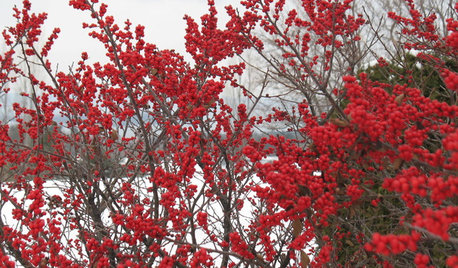
GARDENING GUIDES6 Rockin’ Red Plants for Winter Gardens
Use the bright berries or branches of these cold-climate favorites for outdoor garden interest or container arrangements anywhere
Full Story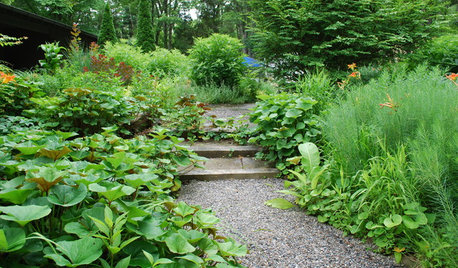
LANDSCAPE DESIGNTour a New American Garden in New Jersey
See how James Golden built his garden in a depression with wet clay and rogue cedars
Full Story
HOUZZ TOURSHouzz Tour: An East Coast Cottage Look in Los Angeles
Traditional Eastern Seaboard style takes root in a new LEED Gold home in Southern California
Full Story
GARDENING GUIDESGreat Design Plant: Sambucus Nigra
Common elderberry is a highly adaptable shrub from the eastern U.S., with berries galore for wildlife and humans alike
Full Story
DECORATING GUIDESShop Your Garden for Easy Holiday Decorations
Make your home merry and bright without all the stress and fuss — everything you need is in your own backyard
Full Story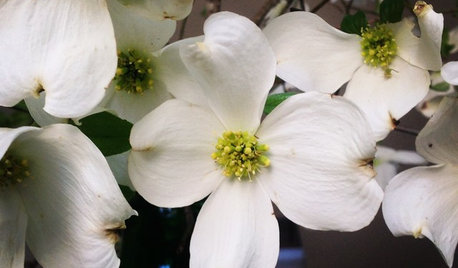
GARDENING GUIDESGreat Design Plant: Cornus Florida Benefits Wildlife
Flowering dogwood provides fiery red foliage in fall and beautiful springtime blooms
Full Story
TREESGreat Design Plant: Coral Bark Japanese Maple, a Winter Standout
Go for garden gusto during the chilly season with the fiery red stems of this unusual Japanese maple
Full Story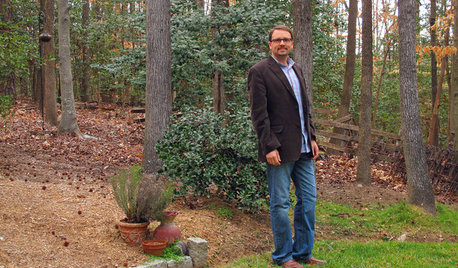
Designer Sketch: Josh McCullar
Ancient ruins, modern lines and back roads inspire a Virginia designer. See what's on his drawing board now
Full Story
GARDENING GUIDESPlant Black Cherry Trees for the Birds and Bees
Plant Prunus serotina in the Central and Eastern U.S. for spring flowers, interesting bark and beautiful fall color
Full StoryMore Discussions






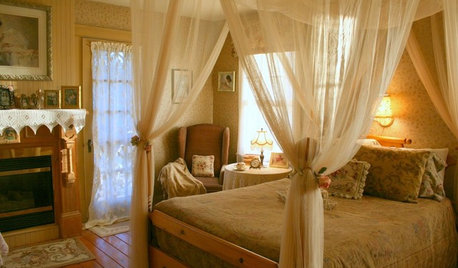
ken_adrian Adrian MI cold Z5